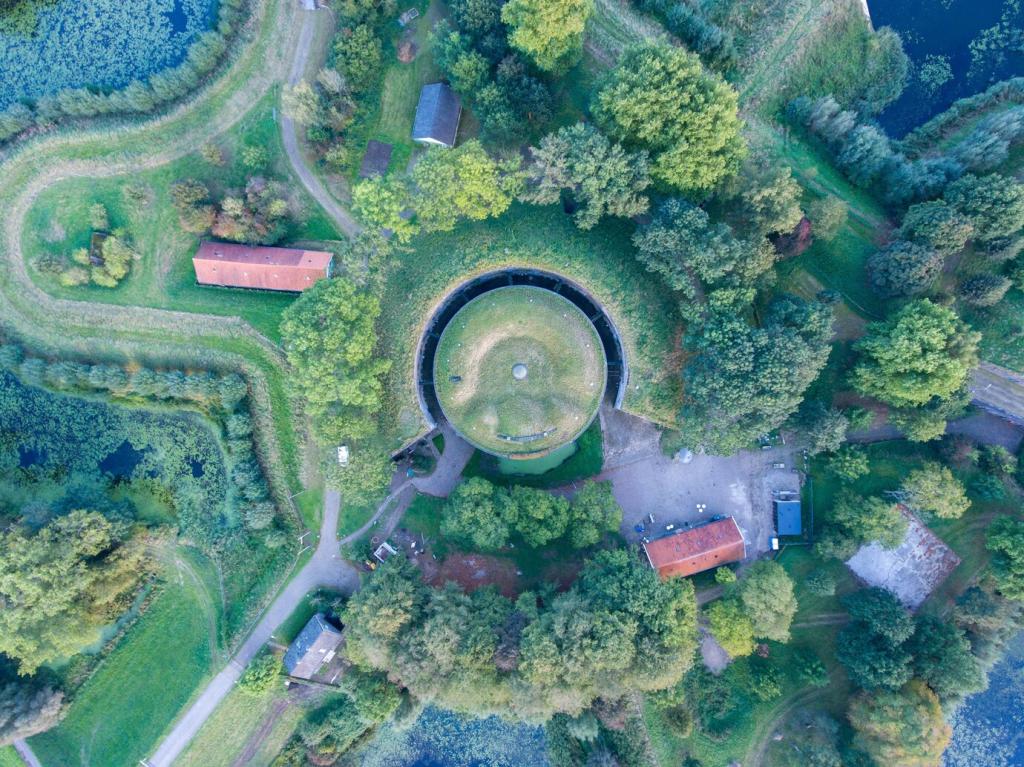Maximizing Greenery in Limited Urban Areas
Urban environments are often characterized by concrete, steel, and glass, making green spaces feel like a luxury rather than a necessity. However, integrating more greenery into cities is achievable, even where space is at a premium. By reimagining how we use available space and employing creative strategies, urban areas can flourish with lush, vibrant plant life. This page explores how to make the most of limited urban real estate to create inviting, sustainable green areas that benefit residents, improve air quality, and foster a deeper connection with nature.
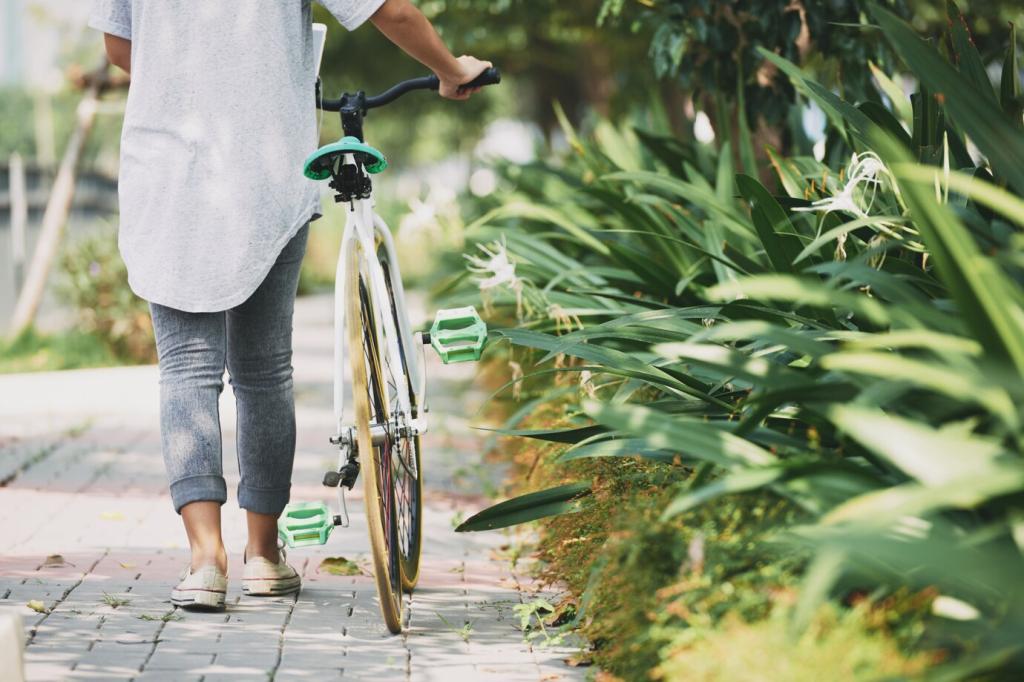
Pocket Parks and Miniature Oases
Pocket parks provide an excellent solution to limited space by converting small plots of land, medians, or underutilized corners into welcoming green sanctuaries. These compact green spaces serve as havens for city dwellers, offering a respite from the hustle and bustle just steps away from busy sidewalks and roadways. Though small, they pack a significant punch in terms of community impact, improving aesthetics, fostering social interactions, and supporting urban biodiversity. Their intimate scale allows for the inclusion of benches, small water features, or carefully selected plantings, creating an inviting environment where relationships with nature can be rekindled, and neighborhoods can take pride in shared, accessible greenery.
Green Alleys and Pathways
Converting traditional alleys and pedestrian pathways into green corridors is an effective strategy for increasing urban vegetation. These routes, often overlooked and relegated to functional traffic or service uses, hold enormous potential for supporting linear green spaces. By adding planters, vines, and shading trees along these thoroughfares, cities can create pleasant walking experiences and ecological connectors for wildlife. Green alleys have the added benefit of helping to cool city microclimates, improve stormwater absorption, and enhance safety, as they invite more foot traffic and promote a sense of community stewardship over previously neglected environments.
Reimagining Building Frontages
The front exteriors of homes and commercial buildings are often paved or left bare, missing valuable opportunities for planting. By transforming these facades with climbing plants, window boxes, and narrow planting beds, urban streets can become more visually appealing and hospitable. Such adaptations not only soften the architectural lines of buildings but also provide thermal benefits, improve air quality, and attract beneficial insects. Engaging property owners and tenants to participate in transforming their spaces, no matter how modest, results in vibrant streetscapes where greenery weaves seamlessly into the urban fabric.
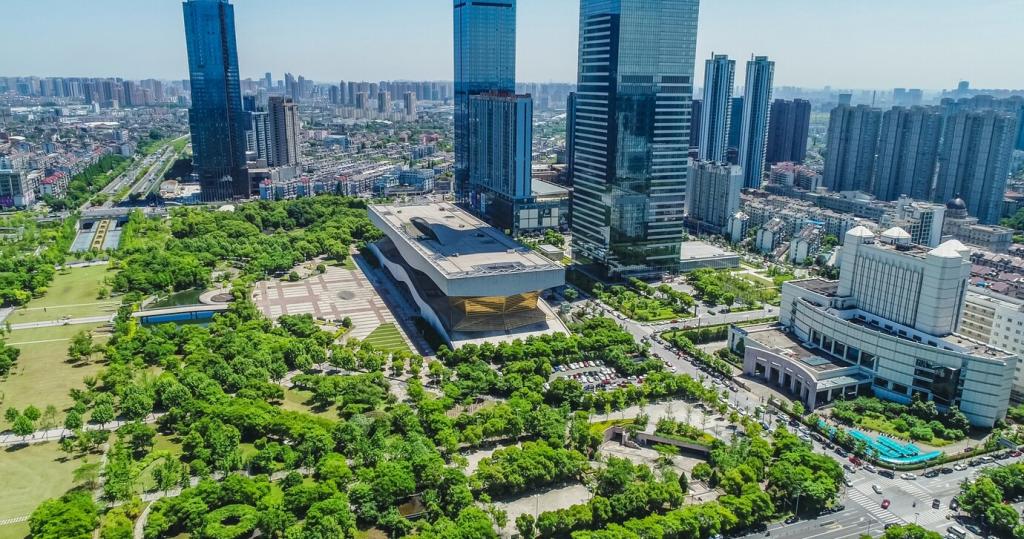
Living Walls in Public and Private Spaces
Living walls, also known as green walls, turn ordinary vertical surfaces into vibrant tapestries of foliage and flowers. They are highly customizable and can be designed for office buildings, residential complexes, or public infrastructure such as metro stations and bridges. Besides their beauty, living walls act as natural air filters, cooling buildings and capturing dust. By offering psychological and health benefits, they encourage a reconnection with nature, even amidst the busiest urban zones. Maintenance considerations, such as irrigation and plant selection, are essential for ensuring long-term vibrancy and ecological contributions, but the rewards far outweigh the initial investment.
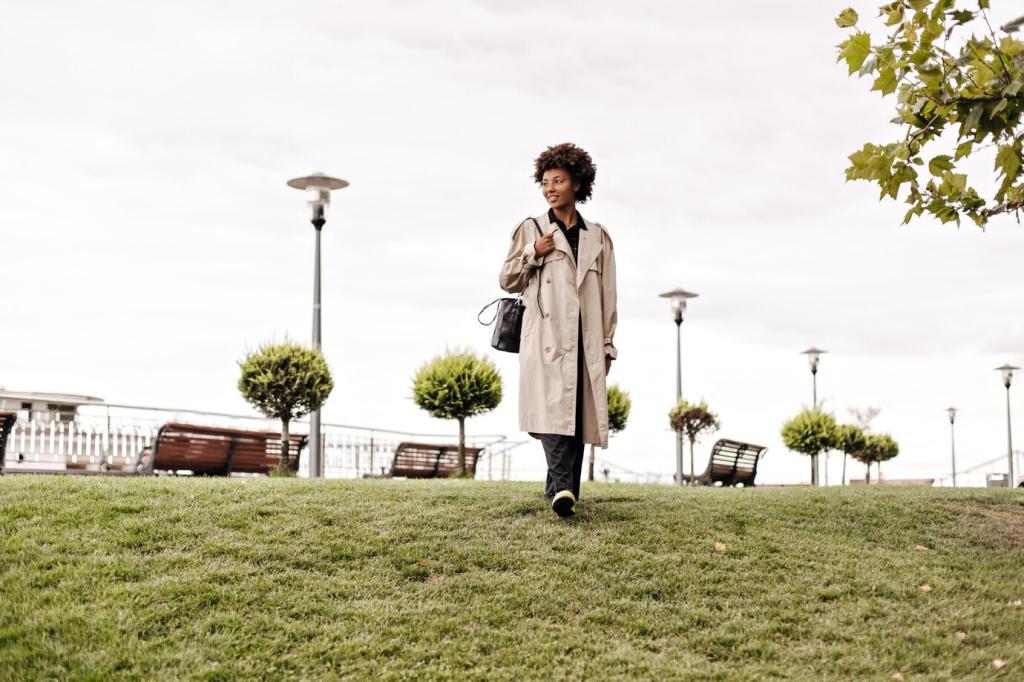
Climbing Plants and Green Facades
Green facades rely on climbing plants like ivy, wisteria, or climbing roses to blanket buildings with lush foliage. Unlike living walls, which often involve modular systems, green facades typically employ trellises or cables for support. These cost-effective systems can be retrofitted to existing structures, quickly greening surfaces that were previously sterile and maximizing sunlight exposure at all heights. Green facades help regulate building temperatures, reduce hydrocarbon emissions, and even layer sound insulation for quieter, more pleasant urban interiors. Over time, these systems foster biodiversity and serve as crucial habitats for pollinators.
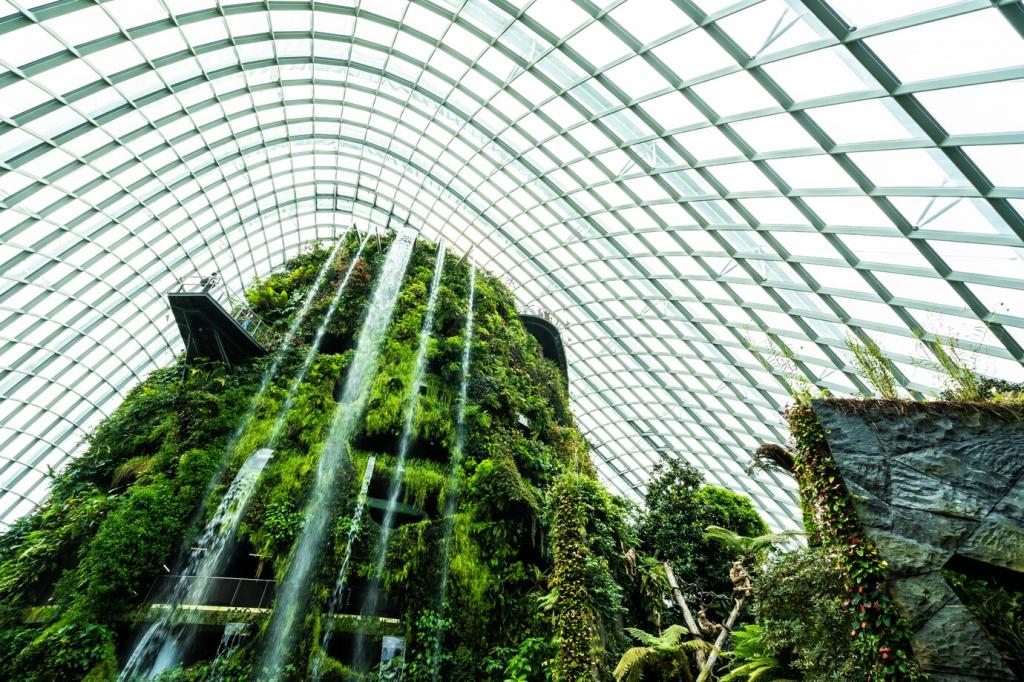
Green roofs fall into two main categories: intensive, which support a variety of plants and even small trees due to deeper soil layers, and extensive, which typically consist of lightweight, low-maintenance vegetation like sedums. Intensive green roofs require more structural support and maintenance but offer greater biodiversity and usable outdoor space. Extensive green roofs are ideal for retrofitting as they demand less upkeep and structural accommodation, yet still deliver notable climate and water management benefits. Both types transform otherwise barren rooftops into ecological assets, contributing to urban resilience and climate adaptation.
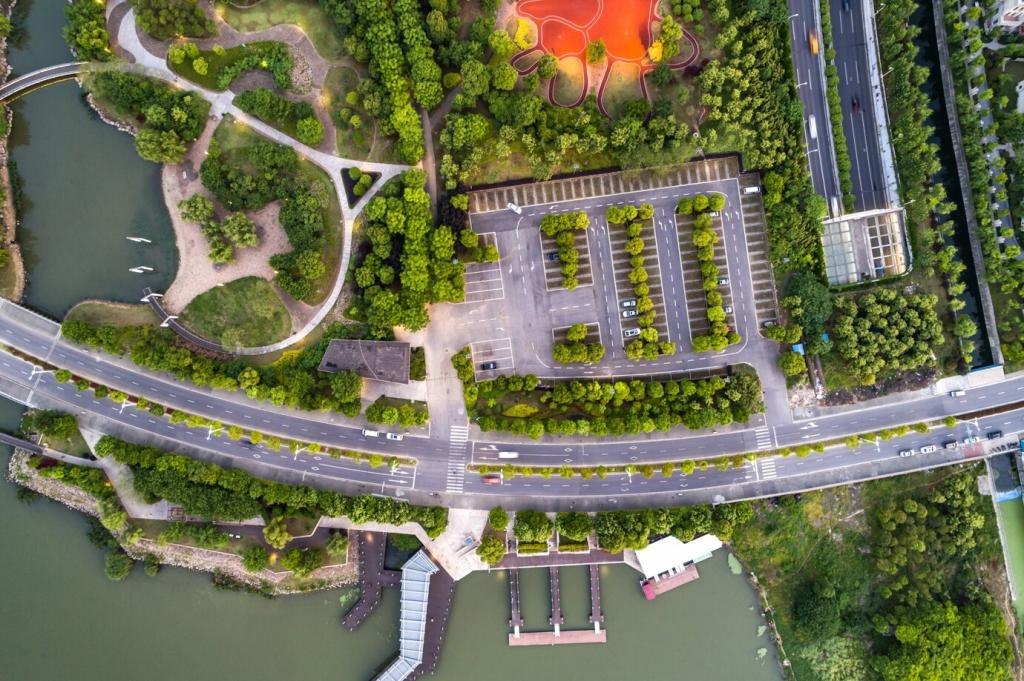
Turning rooftops into functional gardens allows city residents and businesses to grow their own food while greening the skyline. These gardens are frequently managed by community groups, restaurants, or housing cooperatives and introduce a unique social dynamic to urban life. Besides supplementing diets with fresh produce, rooftop gardens provide educational opportunities and foster stronger communal ties. They also help mitigate stormwater runoff, provide habitats for pollinators, and improve the mental well-being of those who tend or simply visit these elevated green spaces.
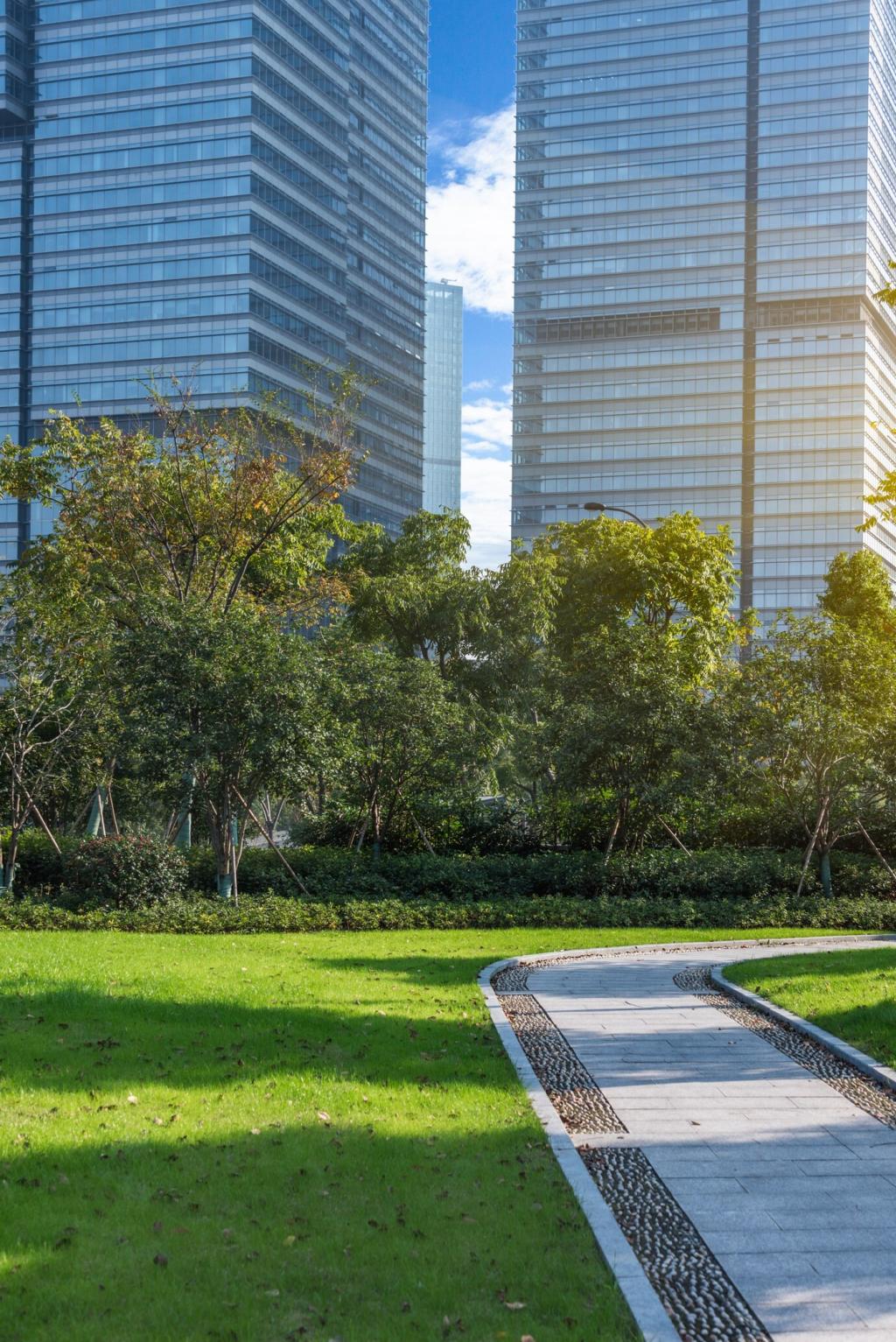
Beyond their environmental advantages, rooftop gardens can be designed as inclusive spaces for relaxation, exercise, or therapeutic activities such as yoga and meditation. These green rooftops serve as urban sanctuaries, offering residents a tranquil refuge above the city’s fray. Design considerations such as shaded seating, sensory plantings, and water features can make rooftops accessible to all ages and abilities. Offering fresh air and a sense of escape, these elevated gardens are essential for improving the health and happiness of those living in dense urban areas.
Previous
Next
Incorporating Greenery in Urban Infrastructure
Public transportation facilities, such as bus stops, tram shelters, and train stations, are ideal platforms for integrating plant life. Features like planted roofs, living walls, and adjacent gardens turn otherwise utilitarian spaces into sources of beauty and respite for commuters. Greenery at transit nodes reduces heat buildup, absorbs rainwater, and enhances local air quality. Along transit corridors, linear plantings function as effective buffers against noise and pollution, while offering shelter and visual delight to pedestrians and cyclists alike.
Urban Gardening Initiatives
Community gardening initiatives transform vacant lots, schoolyards, and marginal land into productive green spaces tended by local residents. These gardens provide fresh food, foster intergenerational learning, and serve as gathering spots to celebrate neighborhood identity. Programs that provide training, materials, and organizational support make gardening more accessible, lowering barriers to participation for newcomers. As people come together to grow plants and food, they forge stronger social ties and cultivate a collective commitment to nurturing urban greenery, ensuring these spaces thrive for years to come.
Citizen-Led Planting and Maintenance
While city officials may launch and design green spaces, their long-term vitality often relies on volunteer maintenance and monitoring. Initiatives such as tree planting days, adopt-a-park schemes, and localized stewardship programs empower residents to contribute actively. When citizens participate in selecting, planting, and caring for street trees or public planters, they develop a personal stake in their neighborhood’s appearance and health. This hands-on involvement fosters environmental literacy, civic engagement, and a culture of environmental guardianship, setting the stage for further green innovation.
Educational Outreach and Partnerships
Education is a cornerstone of sustainable urban greening, from school-based curricula to public workshops and partnerships with local environmental groups. Outreach efforts demystify plant care, encourage eco-friendly practices, and spark interest in the ecological role of urban plants. Municipalities working with nonprofits, universities, and businesses can leverage resources and expertise, ensuring that every resident—regardless of age or background—has the chance to participate in creating a greener city. Strategic partnerships also ensure a more equitable distribution of greenery, so that even the most densely populated and overlooked neighborhoods benefit from nature’s touch.
Maximizing Greenery in Private Spaces
Balconies, Patios, and Window Gardens
Maximizing private outdoor space, however modest, is a key strategy for increasing urban greenery. Balconies can be transformed with potted trees, cascading planters, and vertical garden racks, while patios become sanctuaries with carefully curated pots and hanging baskets. Even windows without outdoor access can host lush window boxes filled with herbs, flowers, or trailing vines. These micro-habitats absorb carbon dioxide, cool interiors, and introduce natural beauty into everyday living, enhancing both privacy and property value. With minimal investment and creative planting, every urban dweller can have a personal green retreat.
Green Interiors and Indoor Plants
Bringing greenery indoors benefits urbanites by improving air quality, reducing stress, and infusing living or working spaces with life. From statement-making monsteras and fiddle-leaf figs to low-maintenance succulents, indoor plants are suitable for rooms of all sizes and light conditions. Interior greenery can also include hydroponic systems or living walls, expanding the range of what’s possible inside. The biophilic design movement, which prioritizes connections to nature, inspires people to incorporate plant life into their daily routines. Over time, these indoor ecosystems foster mindfulness, creativity, and a sustained appreciation for nature.
Collaborative Greening in Shared Spaces
In apartment complexes, office buildings, or shared courtyards, coordinated efforts to green communal areas can produce substantial results. Shared gardening projects bring together neighbors and colleagues to curate container displays, shade trees, or pollinator-friendly plantings. When residents collaboratively design and maintain these spaces, the sense of community and shared responsibility grows alongside the plants themselves. Well-kept shared green areas improve building attractiveness, foster neighborly trust, and create environments more resilient against urban stressors like noise and pollution.
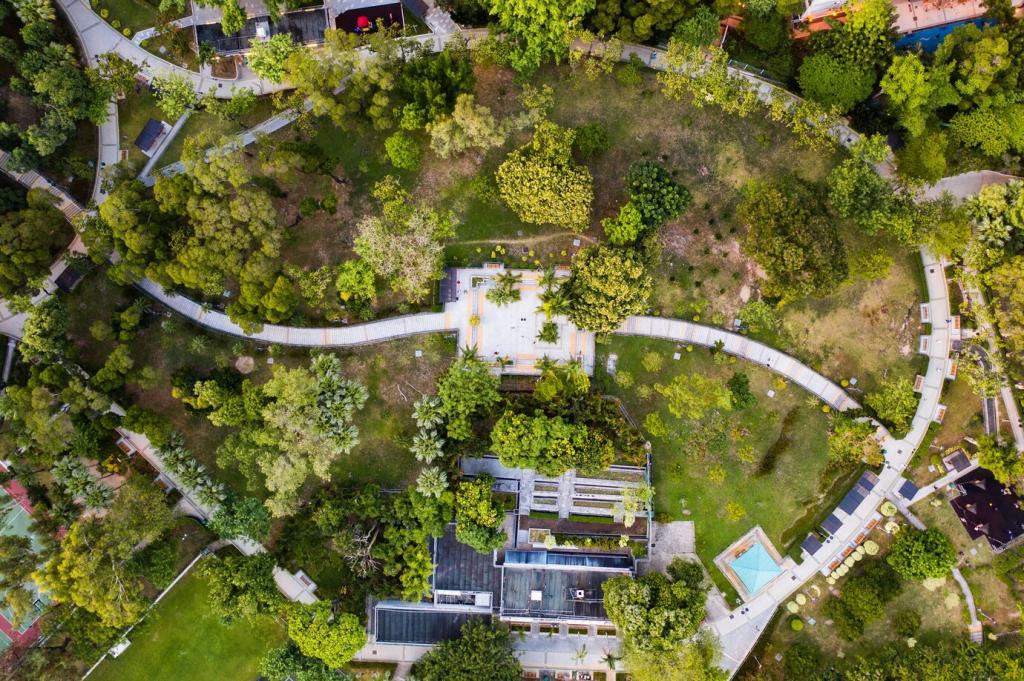
Balancing Urban Density with Ecological Health
Higher-density living does not have to come at the expense of nature. By clustering buildings and setting aside shared gardens, courtyards, or rooftop parks, developers can maximize housing while preserving meaningful green areas. This approach requires careful planning to ensure that shared spaces are accessible, well-designed, and serve multiple functions for recreation, gathering, and ecological value. Cities that prioritize collective greenery alongside densification demonstrate that compact growth and high quality of life can go hand in hand, fostering social cohesion and ecological benefit simultaneously.
